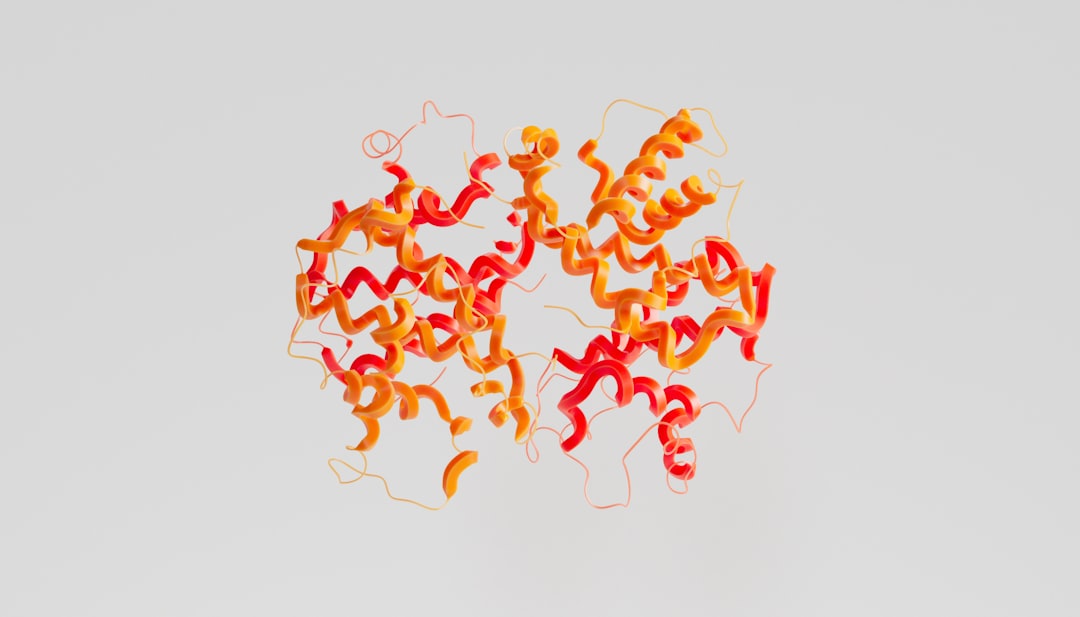What is it about?
The physicochemical modification that act on a nascent protein can influence the polypeptide structure and function during translation and even when the protein has been released from the ribosome. The microscopic mechanisms responsible for the observed co-translational nascent protein behaviors are often difficult to interpret from experiments. Simulations offer a mechanistic explanation of these processes and often help to predict unobserved phenomena. By identifying important parameters and conditions that influence the nascent protein behavior, such as the codon translation rates, simulations allow to control and modulate the nascent protein behavior rationally.
Featured Image
Why is it important?
Co-translational processes are crucial in the maturation of proteins and in reducing the cellular stress due to misfolding and improper inter-molecular interactions. The codon translation rates are one of the causes that influence the above processes. Simulations of co-translational processes are a fundamental tool that allows to study how the nascent protein behavior is affected by the rates of codon translation, among other factors.
Read the Original
This page is a summary of: Insights into Cotranslational Nascent Protein Behavior from Computer Simulations, Annual Review of Biophysics, July 2016, Annual Reviews,
DOI: 10.1146/annurev-biophys-070915-094153.
You can read the full text:
Contributors
The following have contributed to this page










